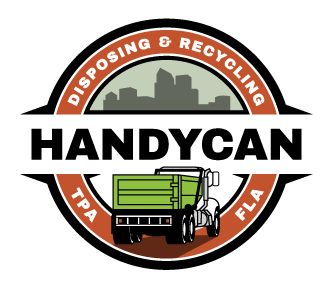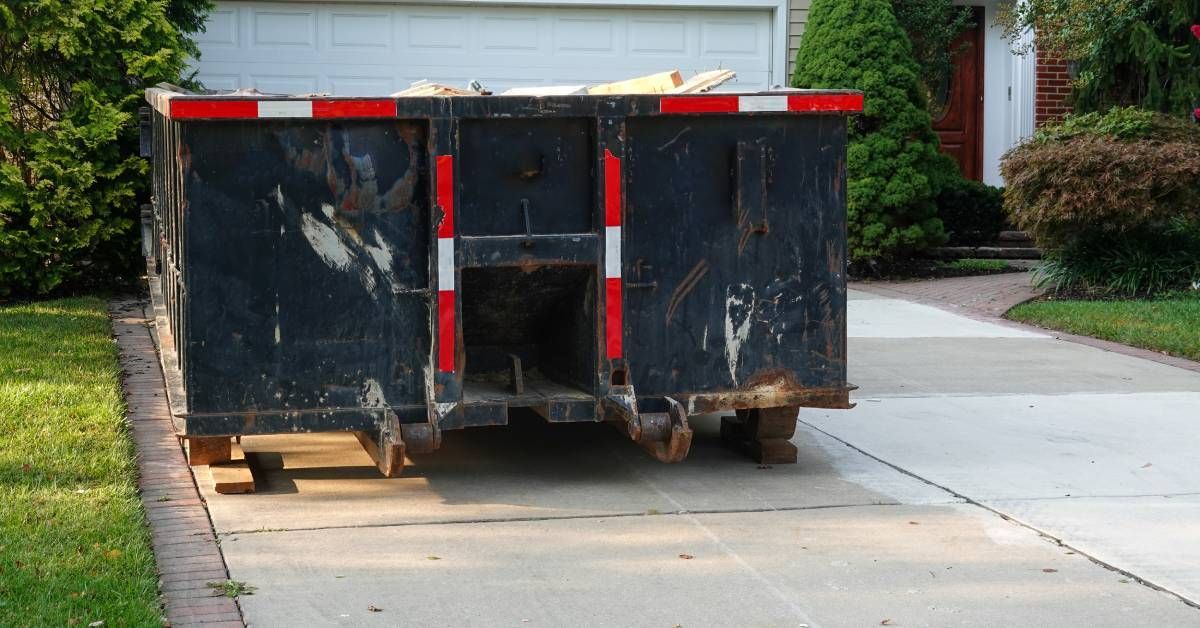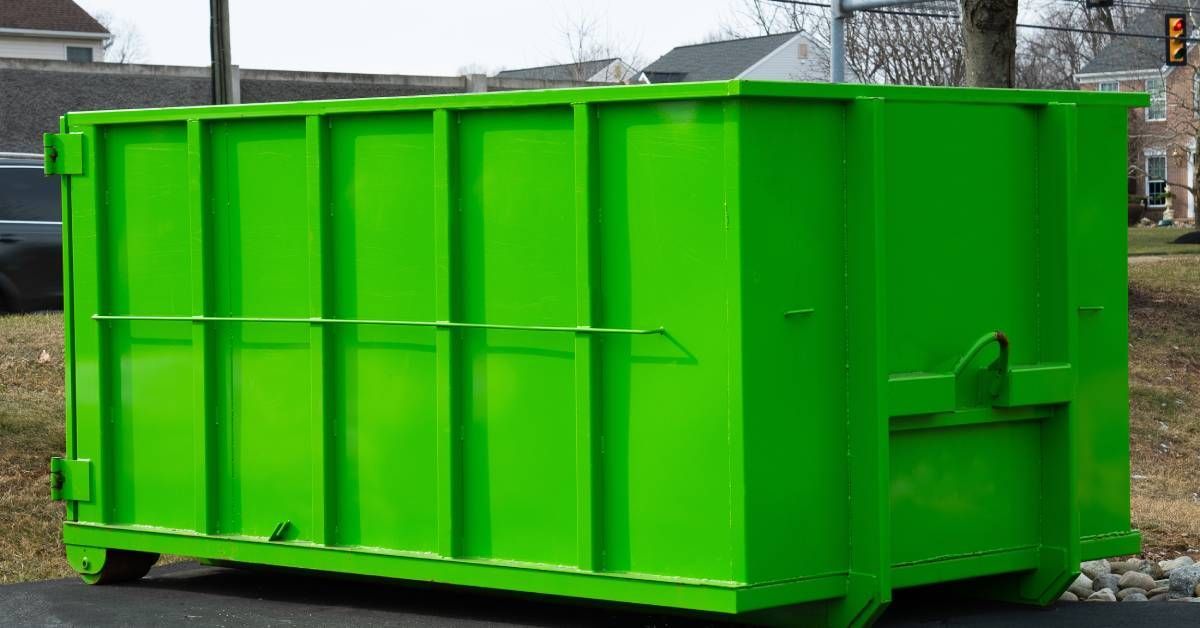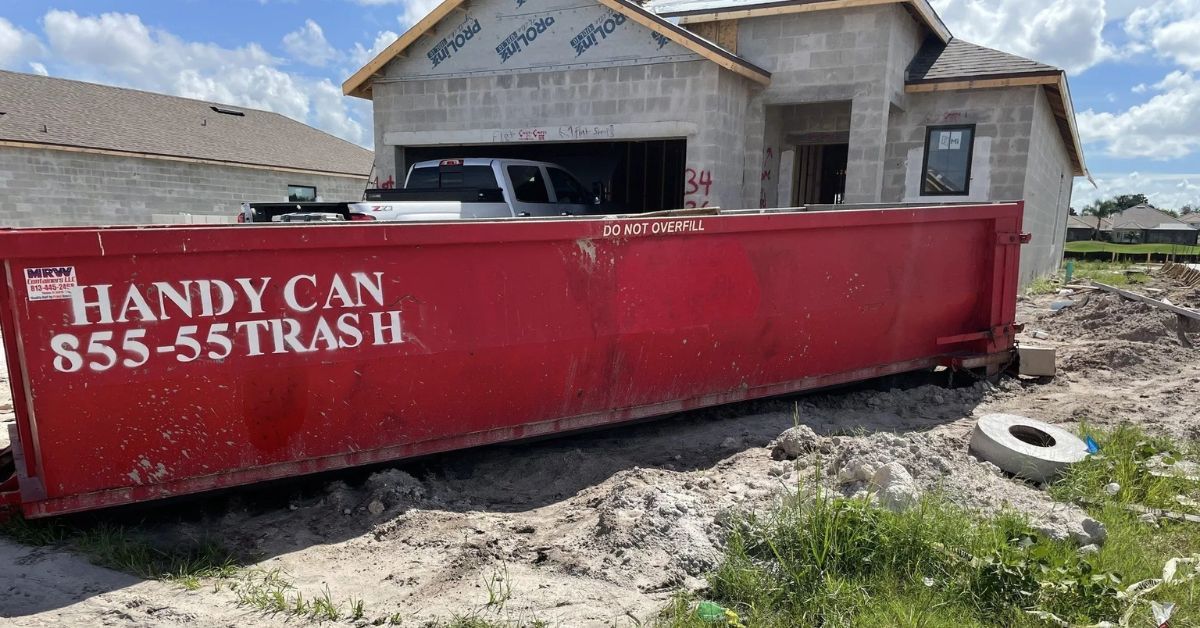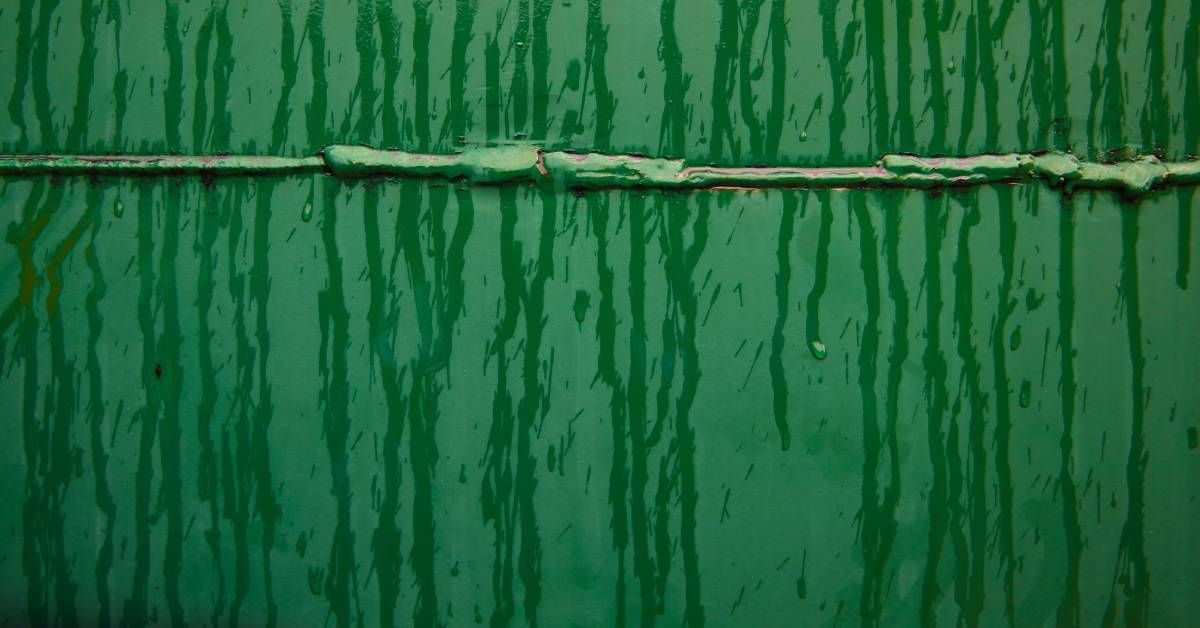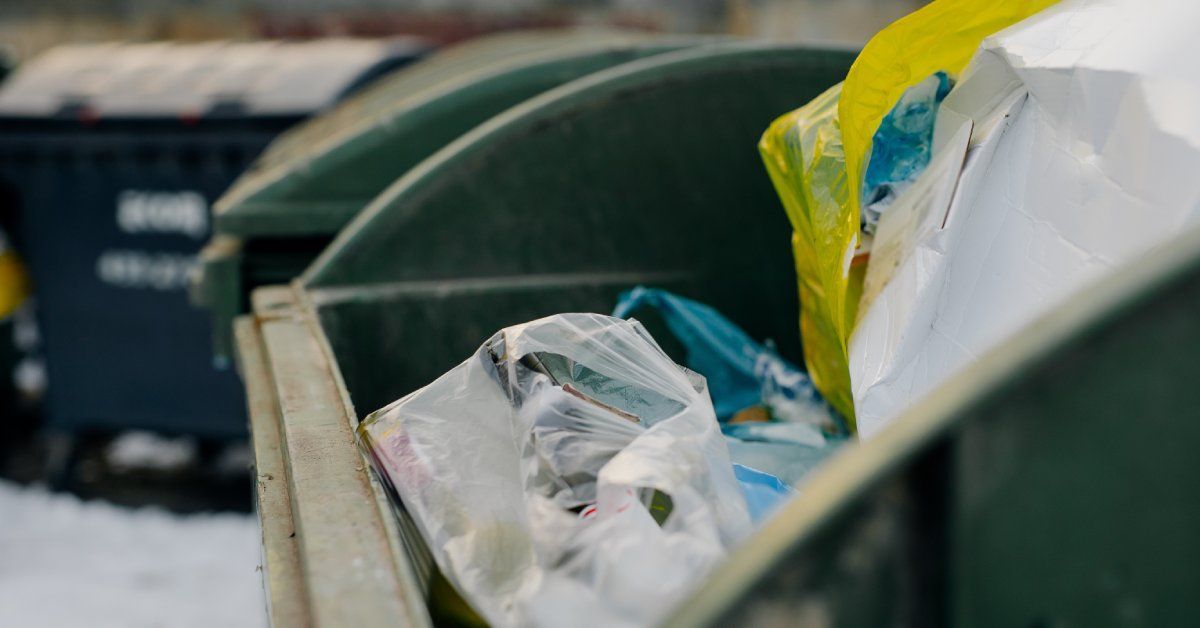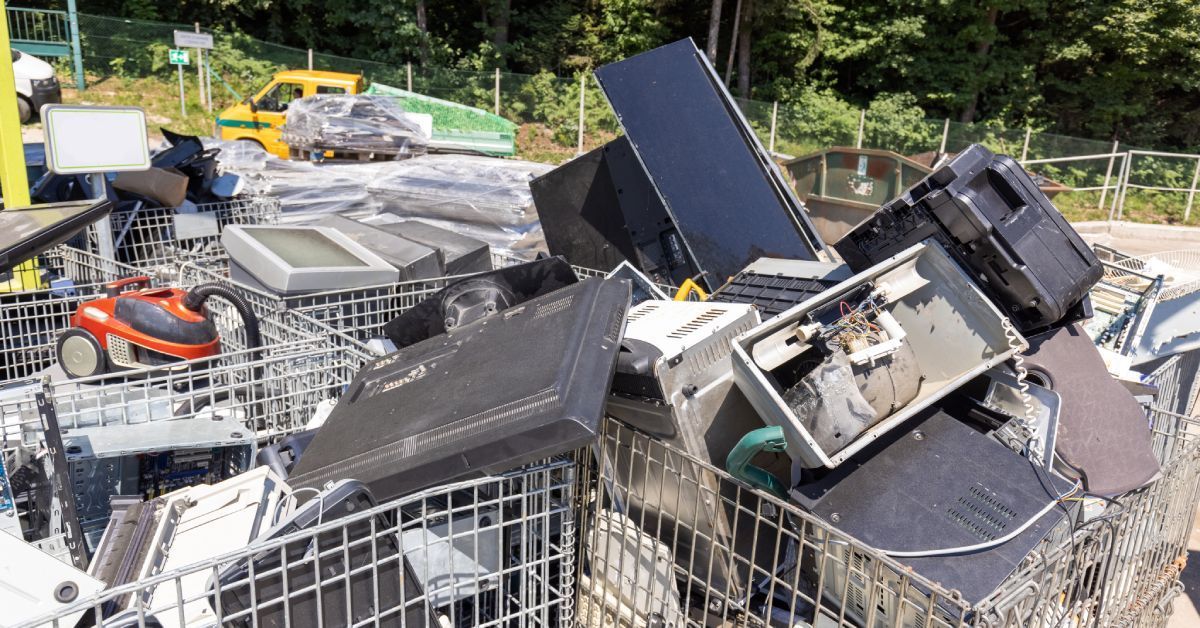How Much Space Do You Need for a Dumpster?
Choosing the right dumpster size for your project is an important part of waste management. Whether you’re a contractor managing a large construction job or a homeowner embarking on a renovation, understanding dumpster dimensions can save you time and money. This guide will explore how much space you need for a dumpster and other important factors.
The Importance of Understanding the Right Dumpster Size
Getting the right dumpster size can positively impact the efficiency of your project. Too small, and you’ll find yourself overwhelmed with waste. If it’s too large, you’ll pay for unused space. Knowing the exact size you need streamlines your waste management process.
Contractors and homeowners alike can benefit from understanding dumpster sizes. It ensures good waste management. Additionally, it helps to avoid unnecessary expenses or complications. Let’s dive into why dumpster size matters and how you can make the best choice for your project.
Why Size Matters
Renovation or construction projects generate different amounts of waste, so selecting the correct dumpster size can really help you out. Dumpsters come in various sizes, typically measured in cubic yards. Each size caters to specific types and volumes of waste.
Small projects may only require a 12-yard dumpster. They are perfect for minor renovations or small cleanouts. Larger projects, such as home remodels or construction jobs, might need a 30 or 40-yard dumpster.
Choosing the right size dumpster rental supports efficient waste management. It also minimizes the need for multiple trips to the landfill and contributes to a smoother, more cost-effective project.
How To Estimate Your Needs
Estimating the volume of waste your project will generate is essential for choosing a waste receptacle. Start by assessing the type and amount of material that needs disposal. For example, a kitchen remodel may involve disposing of cabinets, tiles, and appliances.
Next, account for the scale of the project. Large-scale construction projects produce more waste and require bigger dumpsters. Smaller projects may generate only a few cubic yards of waste.
Using waste calculators can be helpful for your project. They provide a rough estimate based on the project’s specifics and can help you select the right dumpster size.
Popular Dumpster Sizes
Explore popular dumpster sizes to gain knowledge about sizing and avoid the pitfalls of over or underestimating your waste disposal requirements.
12-Yard Dumpster
The smallest size Handy Can offers is 12 yards. Here are the specifics about this container.
- Dimensions: 10–12 feet long, eight feet wide, four feet high
- Ideal for: Small projects, kitchen or bathroom remodels, dirt, sand, bricks, tiles
- Capacity: three to five pickup truckloads
20-Yard Dumpster
- Dimensions: 20–22 feet long, eight feet wide, four feet high
- Ideal for: Small-medium home remodels, garage cleanouts, large kitchen remodels
- Capacity: seven to nine pickup truckloads
30-Yard Dumpster
- Dimensions: 20–22 feet long, eight feet wide, 5.25 feet high
- Ideal for: New home construction, light demolition, cleanups, large home cleanouts
- Capacity: 11–13 pickup truckloads
40-Yard Dumpster
The largest size Handy Can offers is the 40-yard dumpster.
- Dimensions: 20–22 feet long, eight feet wide, seven feet high
- Ideal for: Large home remodels, bulky items, large landscaping jobs, construction projects
- Capacity: 12–14 pickup truckloads
Dumpster Placement
Selecting an appropriate location for your dumpster is critical for the success of your project, whether you’re operating in a residential area or on a construction site. Placement can enhance accessibility, streamline waste disposal, and prevent potential hazards.
Accessibility
The most crucial factor in dumpster placement is accessibility. The chosen location should give access to workers and waste removal trucks. A clear, unobstructed path makes loading and unloading more efficient. If you’re working in a confined area, consider positioning the dumpster near the primary entrance or in a driveway to facilitate disposal.
Surface Stability
Place the dumpster on a stable surface to prevent it from tipping over. Uneven ground or soft surfaces, such as grass or loose soil, can cause instability, accidents, or damage. A paved or compacted gravel surface provides a solid foundation for the dumpster.
Local Regulations
Always be mindful of local regulations regarding dumpster placement. Some municipalities have rules about where you can place dumpsters, especially in residential zones. Consult local authorities or your dumpster rental company to understand restrictions or required permits. Compliance with these regulations helps you avoid fines and legal complications.
Safety and Clearance
Safety is paramount when placing a dumpster. To minimize risks, ensure sufficient clearance from structures like buildings, fences, and power lines. Also, consider pedestrian and vehicular traffic patterns. Position the dumpster in a way that reduces the likelihood of accidents and maintains a safe environment for everyone on-site.
Environmental Impact
Lastly, think about the environmental impact of your dumpster placement. Avoid areas where runoff could contaminate water sources or harm local ecosystems. Keeping the dumpster covered and placing it on impervious surfaces can mitigate environmental hazards, making your project more eco-friendly.
By carefully considering these factors, you can choose the most effective and safe location for your dumpster while enhancing the efficiency and success of your project!
The Impact of Choosing the Wrong Dumpster Size
Selecting the wrong dumpster size can have several negative consequences for your project.
A Dumpster That’s Too Small
If the dumpster is too small, it will quickly overflow with waste. This issue disrupts the workflow and necessitates additional pickups, leading to increased costs and downtime. Overflowing dumpsters can create safety hazards on the job site, with debris potentially cluttering work areas and causing accidents.
A Dumpster That’s Too Large
Ordering a dumpster that is too large means paying for unused space. The dumpster size typically determines the cost, so getting an oversized dumpster results in unnecessary expenses. This miscalculation will likely strain your budget. Additionally, a too-large dumpster may take up excessive space on your property or job site, causing logistical challenges and limiting the area for other activities.
Understanding dumpster sizes and making an informed decision about the right dumpster size ensures efficient waste management and provides many other benefits. Accurately assessing your project’s waste generation before ordering a dumpster is crucial for maximizing efficiency and keeping your project on track.

